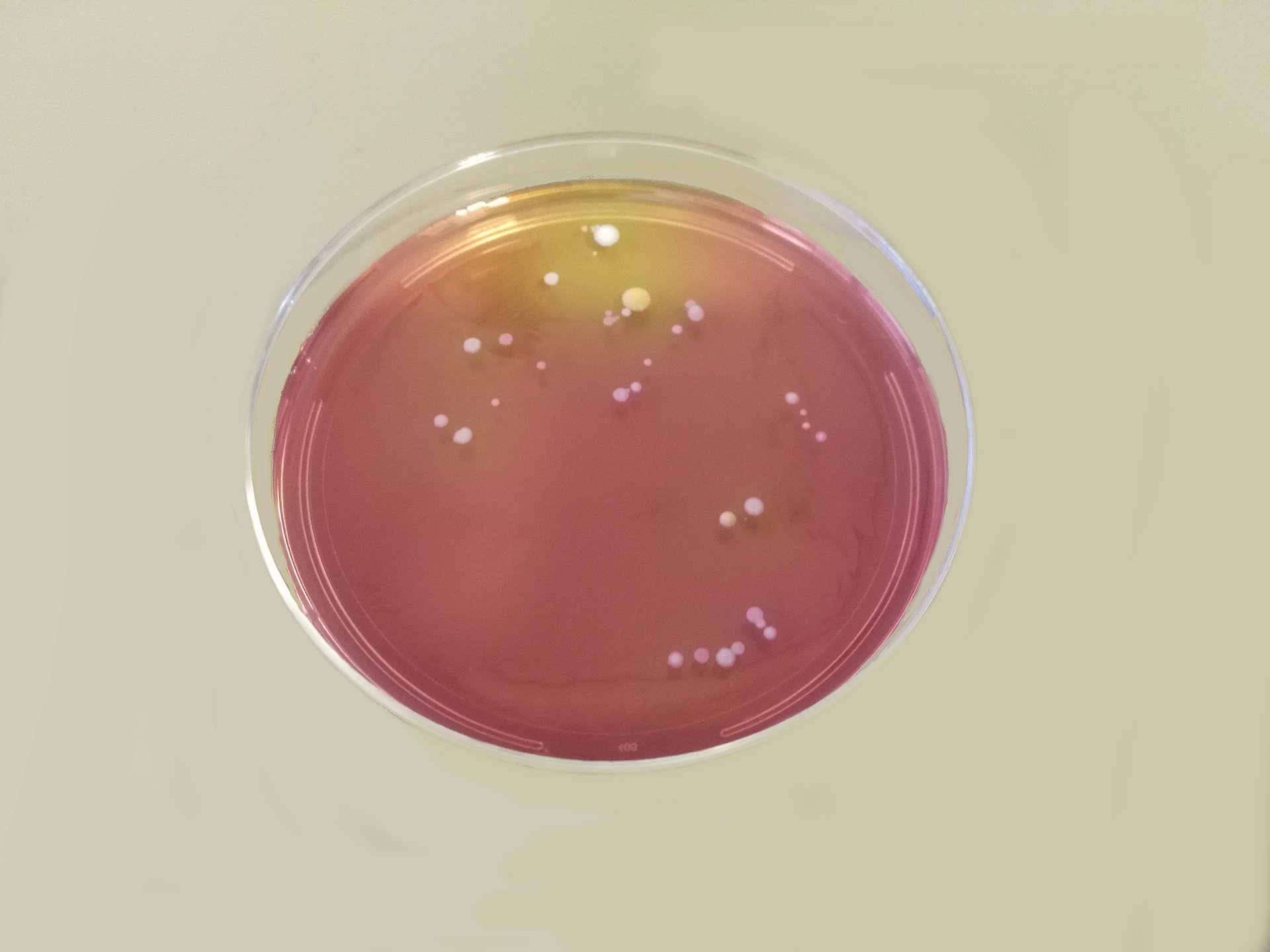Atopic eczema: staphylococci dominant bacterial species
Microbial composition influences genes linked to skin barrier maintenance

Modern Medicine considers atopic dermatitis or atopic eczema as the portal of entry for allergies because sensitization and manifest allergy often develop in consequence to a damaged skin barrier. “Recent studies have shown that the bacterial composition of the skin influences the inflammatory process in atopic dermatitis,” explains Dr. Matthias Reiger. He is co-author of the recently published paper and a member of the research team headed by Professor Claudia Traidl-Hoffmann, , Institute Director and Professor for Environmental Medicine at TUM and Helmholtz Zentrum München. “Moreover, the research into the cellular system of the skin barrier led to new findings on the function of specific genes responsible for maintaining a healthy skin.”
In their study, the scientists wanted to find out what possible correlations exist between bacteria and those genes that maintain the skin barrier. To this end, they collected skin samples from healthy subjects and from individuals with atopic dermatitis. In the latter case, they separated the samples depending on whether the skin area was inflamed or not. “From the patient and control samples, we determined the composition of the skin bacteria and identified those genes that were particularly active in affected skin,” explains bioinformatician Professor Avidan Neumann. He was also involved in the research work at the IEM - Chair and Institute of Environmental Medicine, UNIKA-T.
Do bacteria such as S. aureus alter gene activity?
The analysis showed that the dominant bacterial species on the skin of atopic dermatitis patients are staphylococci. Staphylococcus aureus was particularly common across the different degrees of inflammation in the affected skin. “In some inflamed skin samples, S. aureus actually accounted for up to 99 percent of the total microbial composition,” says Matthias Reiger. “In addition, S. aureus appears to displace other staphylococcal strains,” according to the microbiologist. “The more S. aureus we find, the less likely it becomes that other species are present.”
To analyze gene activity in the samples, the researchers sought help from Switzerland: The cooperation partners at the Swiss Institute for Allergy and Asthma Research (SIAF) from the University of Zurich analyzed the entire transcriptome of the skin samples. To this effect, they noticed that some genes were significantly altered, depending on which bacterial inhabitants lived on the skin. “This effect was particularly pronounced for four genes involved in the maintenance of an intact and stable skin barrier,” recounts Avidan Neumann.
The authors headed by Claudia Traidl-Hoffmann already set up the next project: based on the simple correlations between bacteria and the skin barrier, their functional links become the new objective.
Publication:
Altunbulakli, C. et al. (2018): Relations between epidermal barrier dysregulation and staphylococci-dominated microbiome dysbiosis in atopic dermatitis. Journal of Allergy and Clinical Immunology, DOI: 10.1016/j.jaci.2018.07.005
Contact:
Prof. Dr. Claudia Traidl-Hoffmann
Technical University of Munich
Chair of Environmental Medicine
Tel.: +49 (0)821 - 598 6411
claudia.traidl-hoffmann@tum.de